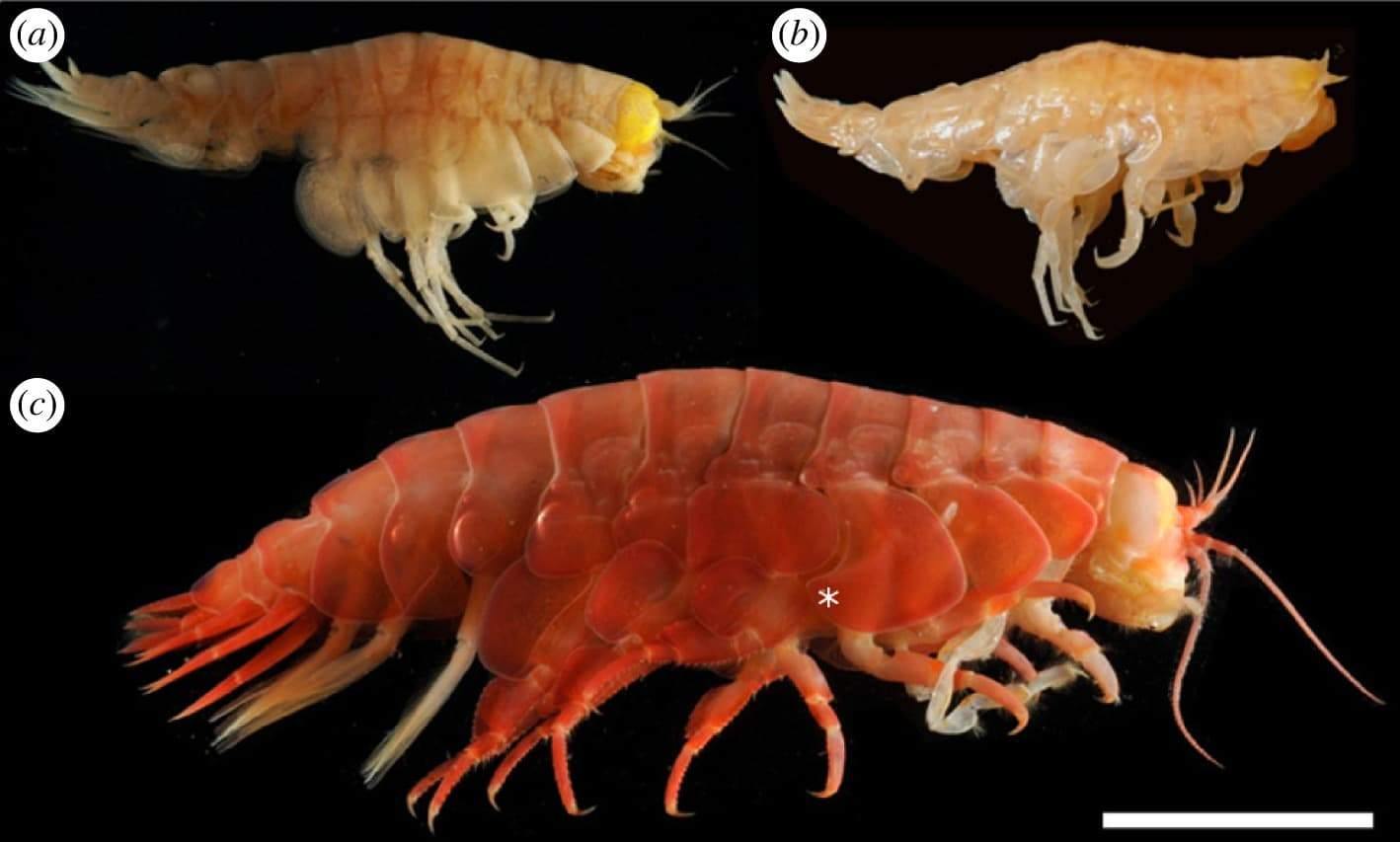5 MIN READ
4-08-2024
The Dangers
of Plastics
in Clothing
Mikaela Walsh, 4ocean Research Analyst
Synthetic materials contain plastic, which is shedding into our environment every time we wash them. This is how we can prevent it.
Microplastics being found in all remote areas of the ocean is familiar news. But did you know that a leading source of microplastic pollution has been shown to come from clothing? Clothing made using particular materials releases microfibers in the washing machine that can stream and be released directly into the waterways. A microfiber is a tiny synthetic material released by certain materials, especially when washed. The two main contributors of these microfibers are polyesters and polyamide, also known as nylon.
These materials are made from a mix of plastic and cloth, which often gives the clothing a stretchy ability. When these materials are put into the laundry, these tiny microfibers, essentially small pieces of plastic, get released into the laundry and shed along surfaces. These microfibers have a diameter of less than ten micrometers. It is incredibly minuscule, 1/100th the diameter of a human hair. These microfibers were first introduced to the fashion industry in the 1970s for their beneficial factors. These materials are lightweight, wrinkle- and pulling-resistant, retain shape, and have fast drying abilities. When they were created, the intention was not to expel massive amounts of microplastics into the atmosphere, but recent discoveries have shown the detrimental effects of these materials. These tiny microplastic fibers are released into our waterways, homes, and environments.
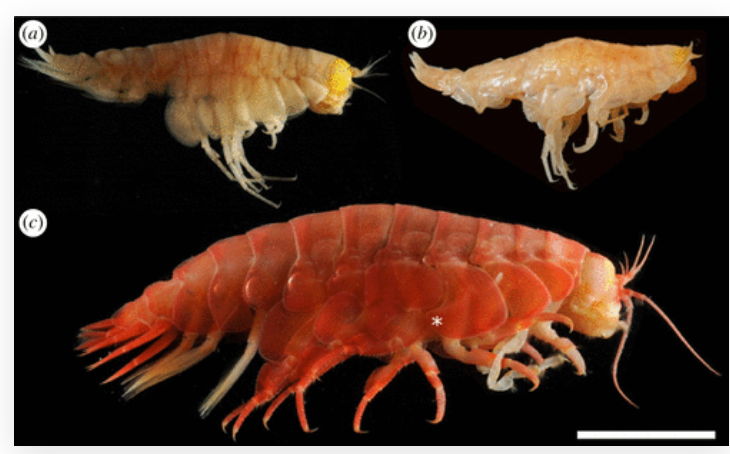
The reality of these microfibers that humans wear is terrifying and shocking information. These microfibers are being found in the most remote regions across the globe. The deep sea is more profound than the height of Mount Everest, and scientists have found microfibers in these deep-sea organisms. These scientists examined three species of deep-sea amphipods, where these animals are found anywhere from 7,000 to over 10,000 meters deep. They took specimens in six different trenches and found that 72% of the 90 individual organisms had ingested microfiber synthetic materials. The percentage of amphipods that consumed these microfiber particles varied depending on the varying trench. In the deepest trench, Marianna Trench, 100% of the amphipods had at least one microfiber particle in their digestive system. Since these deep-sea organisms can easily and readily ingest these synthetic particles, the issue of synthetic clothing material could be more detrimental than previously thought.

These microfibers can easily travel between the waterways and our environment due to their tiny size and low-density material. As a result, these microfibers are making their way into the food chain and have been found inside humans. A significant issue with microfibers is they are a spongeable material that can soak up chemicals and toxins that they come in contact with, moreso they attract chemicals. One of the major toxins freely absorbed by microfibers is pesticides which contain neurotoxic effects on human beings. These chemicals absorbed by the microfiber are getting consumed by humans, either by water or food, and the pesticides have such small properties that they can pass through the blood-brain barrier. There is currently not enough evidence of the effects of this microfiber consumption on humans, but we do know that humans are consuming them, and we do not know the impact of this consumption.
Microplastic fibers are able to enter human beings in three different ways. The known ways that microfibers can enter are through inhalation, ingestion, and dermal exposure. These microfiber particles are so minuscule in size, that they can enter humans through inhalation into the respiratory tracts and can lead to respiratory distress. Ingestion of these fibers has been widely seen in fish and terrestrial animals. In fish, these fibers have been seen to cause oxidative stress and inflammation. These fibers have also been presented to be ingested by humans. They may be associated with inflammation in the digestive tract, and could potentially cause immune disorders and a risk of neoplasia. A further way humans have felt the effects of microfibers is through dermal exposure. The skin is the most absorbent organ in the human body, meaning what you put on your skin goes into your skin. Ensuring that your clothing does not contain microfibers and chemicals that can wreak havoc on the human body is an essential way to reduce the amount of microfibers you are exposed to.
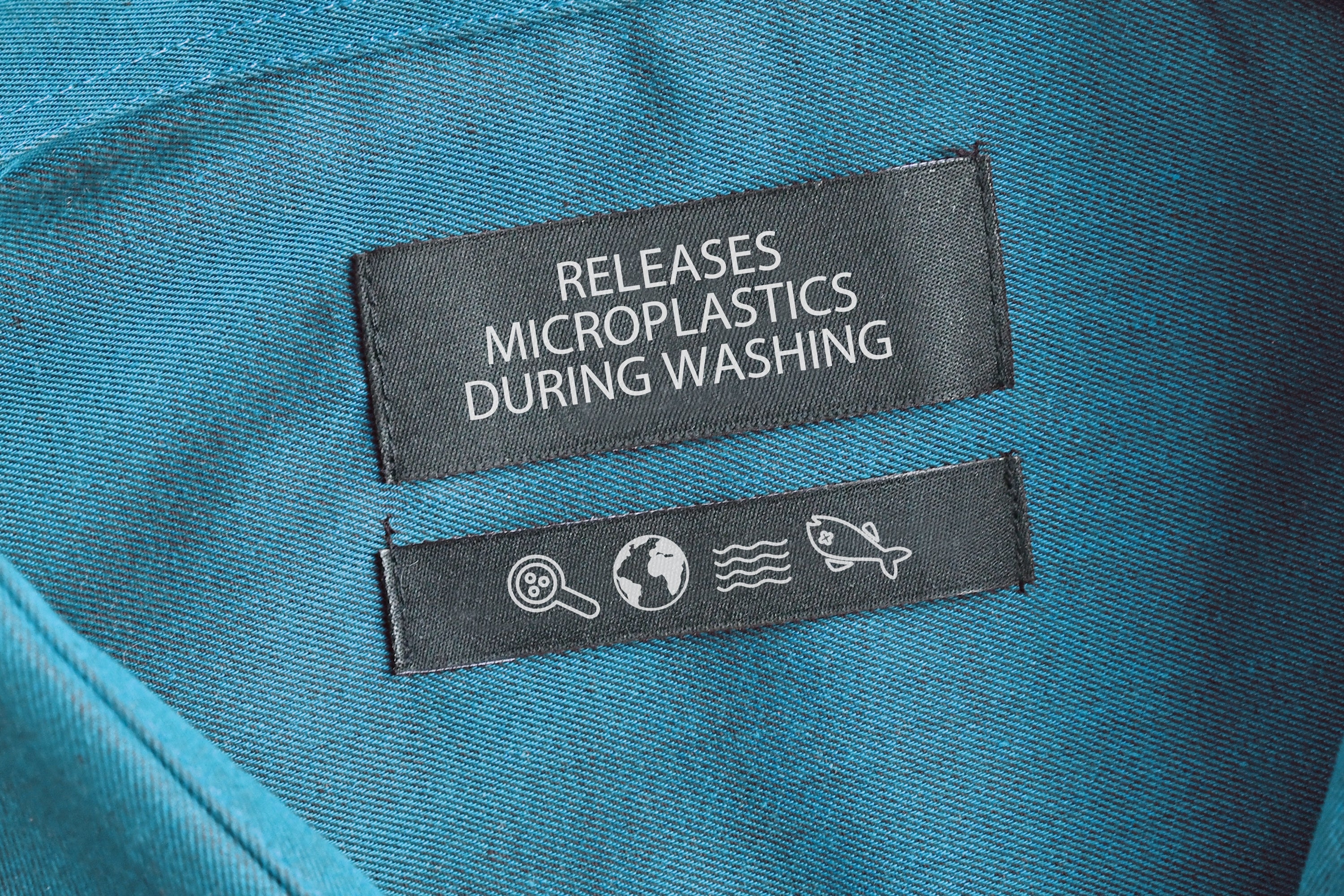
Washing clothing has been shown to cause a significant release of these microplastic particles into the waterways; a single jacket can admit 250,000 microfibers into the washing machine, which in turn goes into the local lakes or rivers, leading to the ocean. Millions of microfibers are emitted in one single load of wash. Surrounding waters near urban areas have presented an influx of these microfibers.
There is excellent news: we can all help decrease the amount of microfibers being eliminated from our laundry. Ways that have been shown to reduce the amount of microfibers released while in the laundry include doing fewer loads, using cold water, and using less detergent.
There is also another way to reduce the amount of microfibers going into the waterways. Washing machine filters have been shown to be able to capture up to 99% of the microfibers while washing. These filters are so effective in reducing the presence of microfibers that a study done in a small town in Canada installed roughly ten percent of the homes with washing machine filters. The water contained in the wastewater treatment plant was tested before and after, which showed a drastic reduction in the presence of microfibers. This brings a lot of hope to this ongoing issue because even if a small percentage of people were willing to start using filters, it shows an major increasing effect on the environment.

These microfiber particles shed from our clothing and bedding can lead to unknown effects on organisms and humans. Ways to decrease the amount of microfibers you release into the environment includes avoiding synthetic and semi-synthetic materials. Polyester and nylon release the most microfibers, but materials such as acrylic and polyamide also do. These are just some materials that release these harmful microplastic particles into the waterways. Reducing the amount of materials containing microfibers and being aware of the issue is the first step in combatting plastic microfiber consumption.
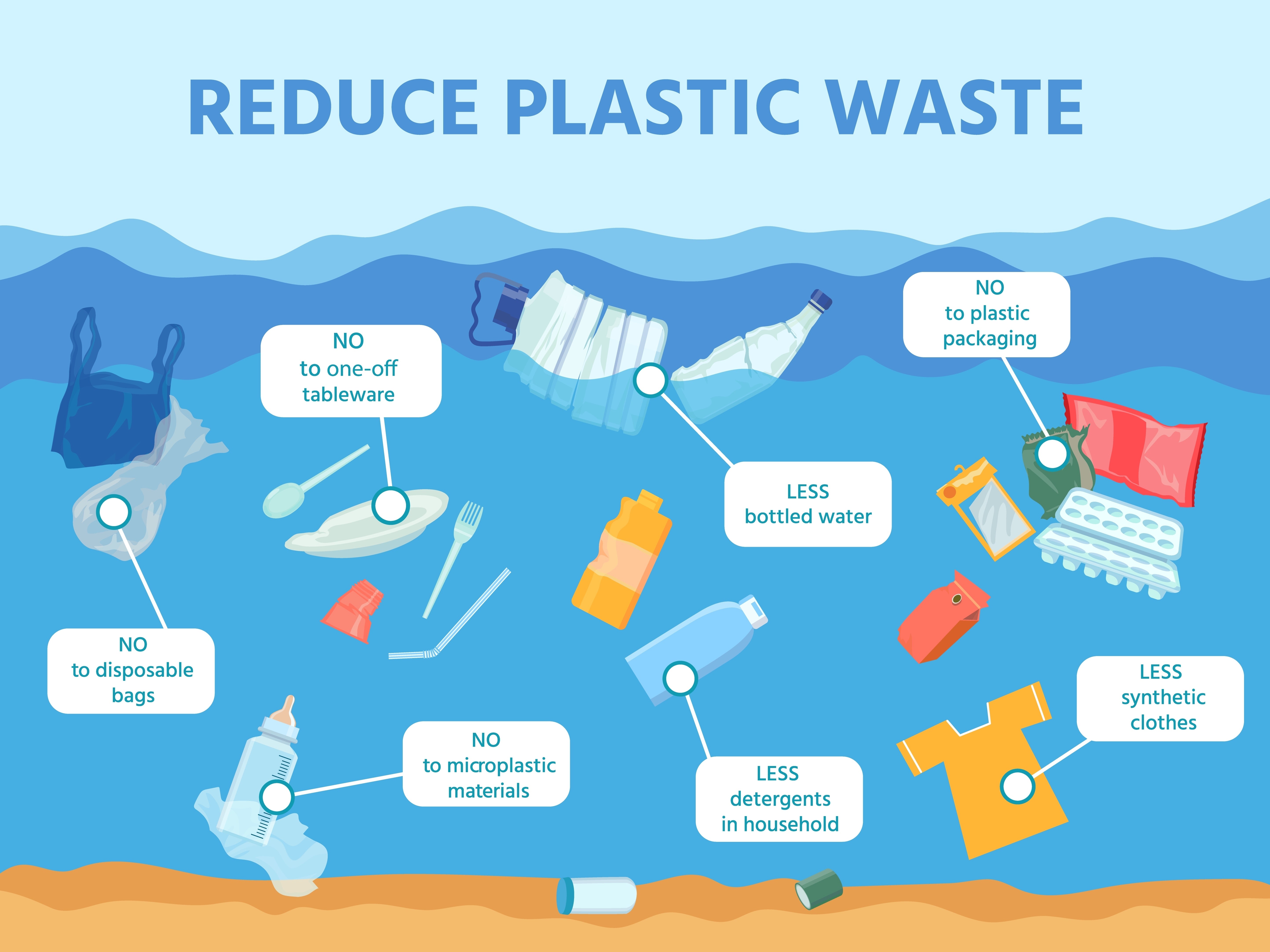
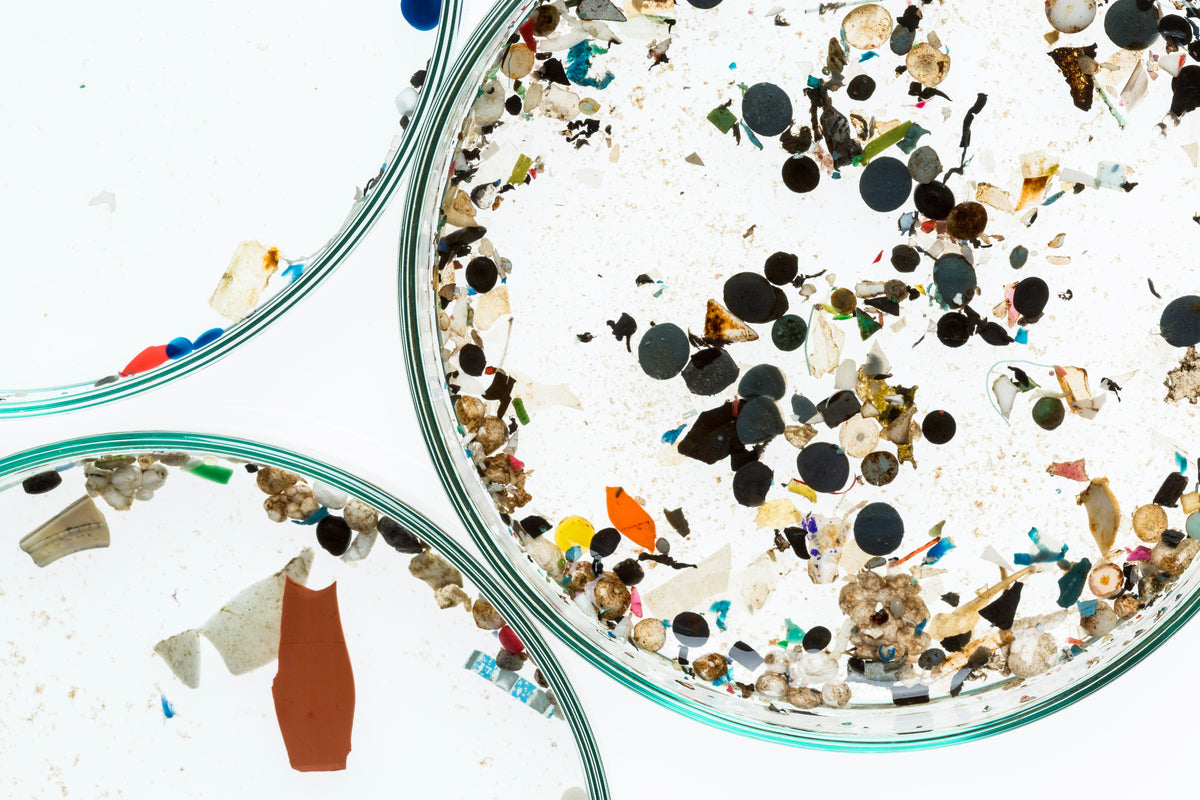
You May Also Like



